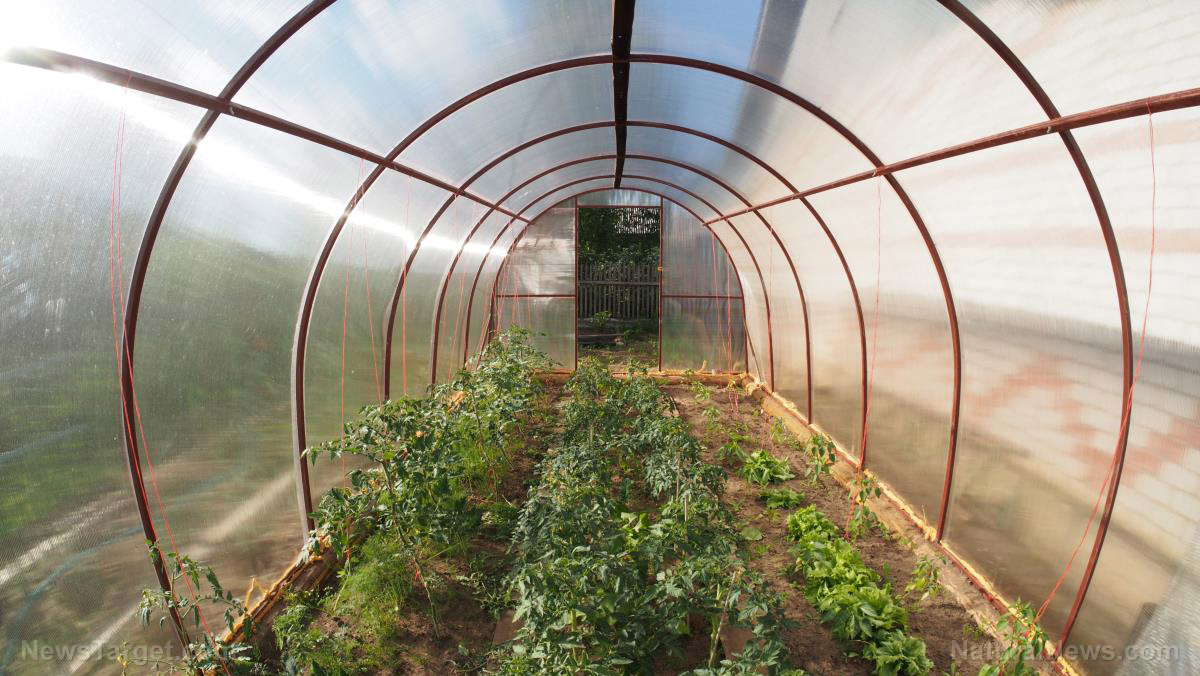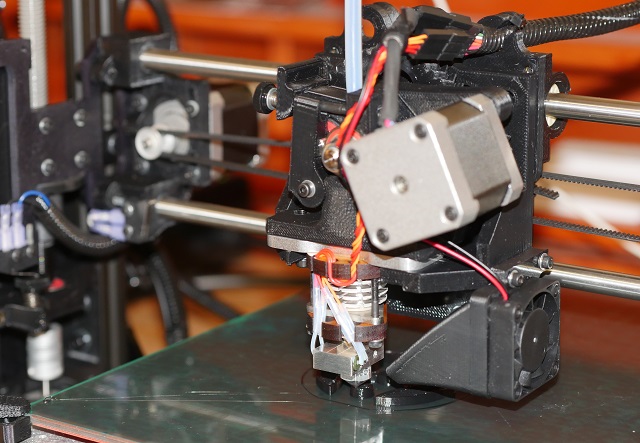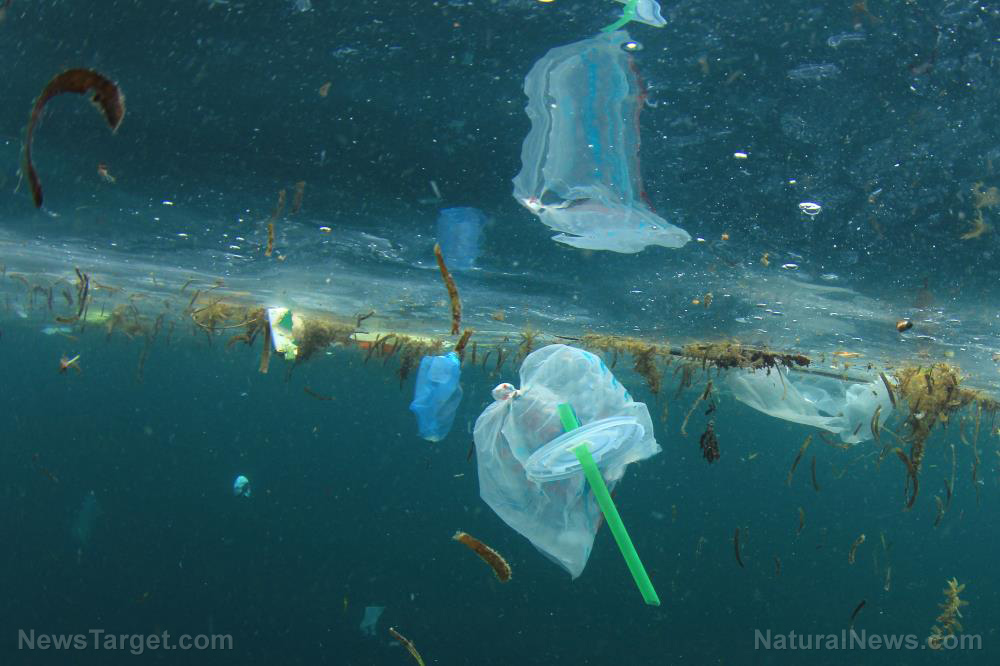Splitting sunlight: Researchers have created a film for greenhouses that increases plant growth and purifies water
01/27/2019 / By Ralph Flores

A future study may just find a new way to harness the power of the sun further and provide more sustainable methods for crop development. Engineers from the University of Colorado Boulder, in collaboration with Michigan State University, are developing a new greenhouse material that allows the light from the sun to be split into two forms. These forms will then be used for distinct purposes, such as plant growth and water purification.
The planned four-year project will create a customizable and inexpensive material that will help separate photosynthetic light and infrared light. It is part of a $2.45 million grant from the U.S. Department of Agriculture and administered under the National Science Foundation’s Innovations at the Nexus of Food, Energy and Water Systems (INFEWS) program.
Since the 1960s, greenhouses have been utilized all over the country. They remain to be the benchmark for all “effective plant productivity” compared to open field farming. However, the greenhouse farming also carries a steep price tag: Energy costs resulting from heating, ventilation, electrical lighting, and water consumption for evaporative cooling are huge. Researchers believe that by the year 2050, current greenhouse capacities will probably be unable to keep itself afloat with the overall demands of human consumption, making expansion a pressing order.
Plants are only able to use just around 50 percent of incoming sunlight for photosynthesis under typical conditions. However, the remainder of that sunlight becomes unused. Under the proposed study, the new material will increase the amount of sunlight that can be used in crop growth, while the rest will be used to power other processes.
The material that the engineers are developing is a semi-translucent film that is capable of splitting the light it receives to various properties. From the light it receives, it will convert the green wavelength, which does not benefit production as much, to a red wavelength, which is more useful and beneficial for crop growth. The resulting light will add more “photosynthetically efficient light” that can be used in growing plants. (Related: Greenhouse of the Future is the perfect structure for hosting Food Rising Mini-Farm Grow Boxes.)
Moreover, the light that cannot be used for photosynthesis will be transferred to help with solar-driven water purification. “The near-infrared wavelengths can help clean brackish wastewater, allowing it to be recirculated in an advanced humidification-dehumidification interface and further reducing the greenhouse’s energy footprint,” explained Ronggui Yang, a professor in CU Boulder’s Department of Mechanical Engineering and the proposed study’s lead author.
Researchers suggest that this development could enhance the farming industry in the U.S., and prompt new best practices for greenhouse systems in various climates, particularly in arid regions that have limited access to freshwater and areas where growing crops are not financially viable. This innovation builds on previous successes in the study to create a suite of adaptable materials that can cool structures and enhance the productivity of solar panel and its other applications.
For the pilot program, the engineers intend to build a greenhouse facility to test the properties of the proposed material during various tomato production cycles. They will then move to grow leafy greens like lettuce and herbs.
Of the future collaboration, Yang has this to say: “We are excited to work on a project that addresses one of the most important global challenges with our multidisciplinary colleagues at CU and MSU.”
Learn more developments in sustainable farming at GreenLivingNews.com.
Sources include:
Tagged Under: Chemistry, Ecology, greenhouse, greenhouse farming, greenhouse material, greenhouse systems, inventions, physics, solar-driven water purification, sustainable farming, U.S. Department of Agriculture, water purification



















